Tutorial about how to choose a monitor to combine with a Mac computer. There are many models available, with pretty different prices and features. A short review about the main technologies, certifications, reference standards to consider.
The choice of a Monitor to use with a computer is not an easy task: there are many models for each price range, apparently similar but often with functions and features even much different from each other…So what are the best 2016 monitors to match a Mac computer with? And which parameters should I consider to choose them?
Keeping the average Mac user as parameter in mind, we’ve thought to explain the elements to consider in order to combine a monitor with a computer, which can be a Mac Mini, a Mac Pro, but also an additional display for a MacBook Air or a MacBook Pro. There’s really an unlimited number of them, with displays suitable for people who professionally work with photos and videos, and other ones realized for design, yet other ones for gaming and multimedia, or pretty generic and cheap ones, suitable for people who do an office job (writing, emailing, web surfing etc.). We’ll shortly see the main technologies, certifications and the reference standards to consider.
Which connections should a Monitor be equipped to work with a Mac?
All pretty recent Mac computers provide, as standard, a Mini DisplayPort port (Thunderbolt); you can use this one to connect monitors that integrate this port: DVI, HDMI, or the old VGA monitors can be connected with specific adapters. Apple and third party producers provide Mini DisplayPort-DVI, Mini DisplayPort-VGA, Mini DisplayPort/DVI-Dual-Link and Mini DisplayPort-HDMI adapters. The current Mac Pro can handle without any problem up to three displays with 5K resolution and six Thunderbolt displays (we redirect you to this support document by Apple to know details about the types of Ultra HD monitor supported and how to set them up).
Read more
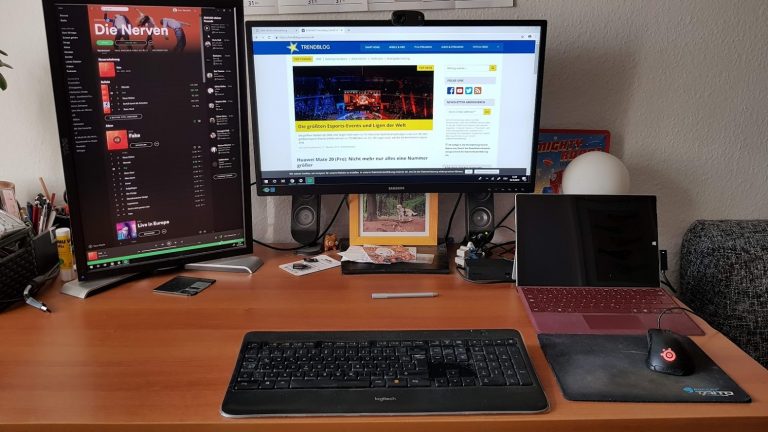 Flexible, mobile, and always with you: a tablet like Microsoft’s Surface (Pro) could replace a desktop computer. We can tell you how.
Flexible, mobile, and always with you: a tablet like Microsoft’s Surface (Pro) could replace a desktop computer. We can tell you how. 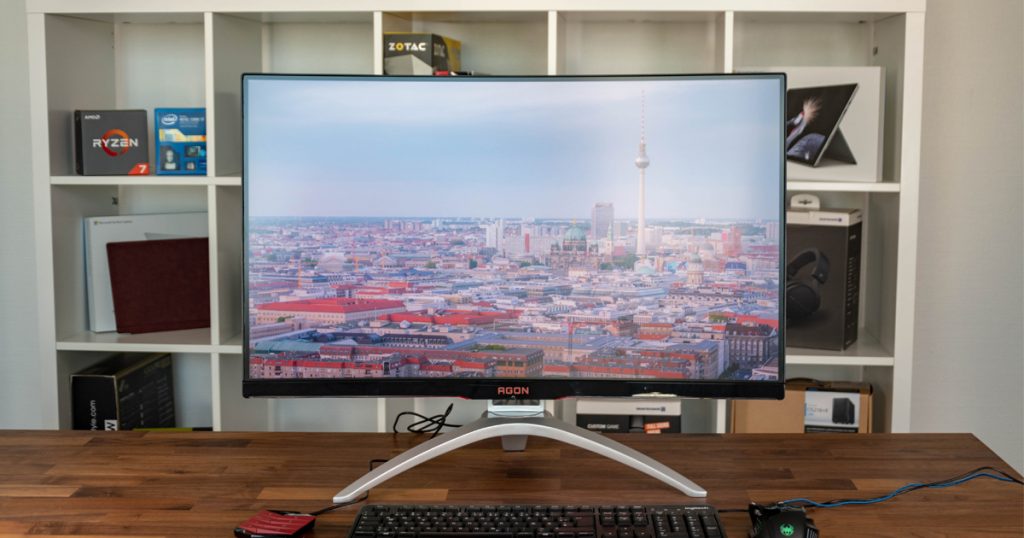 144Hz, 31.5” curved display with QHD resolution, and all sorts of ergonomic functions – the AOC AG322QCX awaits with features to please gamers. I have tested it to see whether the concept has taken off.
144Hz, 31.5” curved display with QHD resolution, and all sorts of ergonomic functions – the AOC AG322QCX awaits with features to please gamers. I have tested it to see whether the concept has taken off.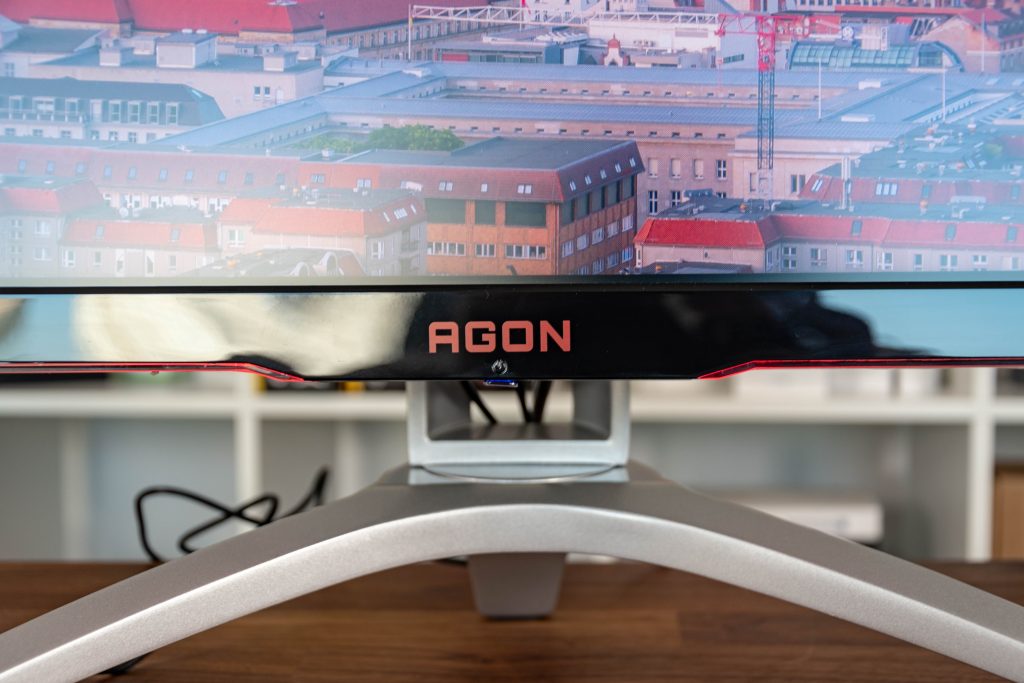 The delivery has everything that you need. Along with the monitor, there is also the power cable, a DisplayPort cable, an HDMI cable, a 3.5mm cable, a USB-B 3.0 cable and the QuickSwitch controller. The usual papers have been condensed onto one small product information sheet. In addition, there is also a CD with the operating instructions.
The delivery has everything that you need. Along with the monitor, there is also the power cable, a DisplayPort cable, an HDMI cable, a 3.5mm cable, a USB-B 3.0 cable and the QuickSwitch controller. The usual papers have been condensed onto one small product information sheet. In addition, there is also a CD with the operating instructions.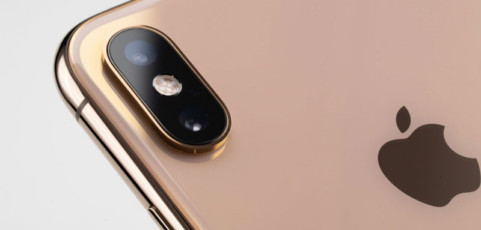 The new iPhone XS and XS Max that Apple launched a month ago at the Apple Event are a commercial hit. Their powerful processors, their big bezel-less displays, the design inherited from the iPhone X and the new camera features have prompted many users to replace their phones with the most powerful iPhone right now.
The new iPhone XS and XS Max that Apple launched a month ago at the Apple Event are a commercial hit. Their powerful processors, their big bezel-less displays, the design inherited from the iPhone X and the new camera features have prompted many users to replace their phones with the most powerful iPhone right now. Action or sports cameras were highly popular a few years ago and that will hardly happen again. The sales of these cameras have been stabilized slowly but surely, making them a specialized device that does not intend to compete against other cameras or phones. Actually, they are the best option for what they were created.
Action or sports cameras were highly popular a few years ago and that will hardly happen again. The sales of these cameras have been stabilized slowly but surely, making them a specialized device that does not intend to compete against other cameras or phones. Actually, they are the best option for what they were created.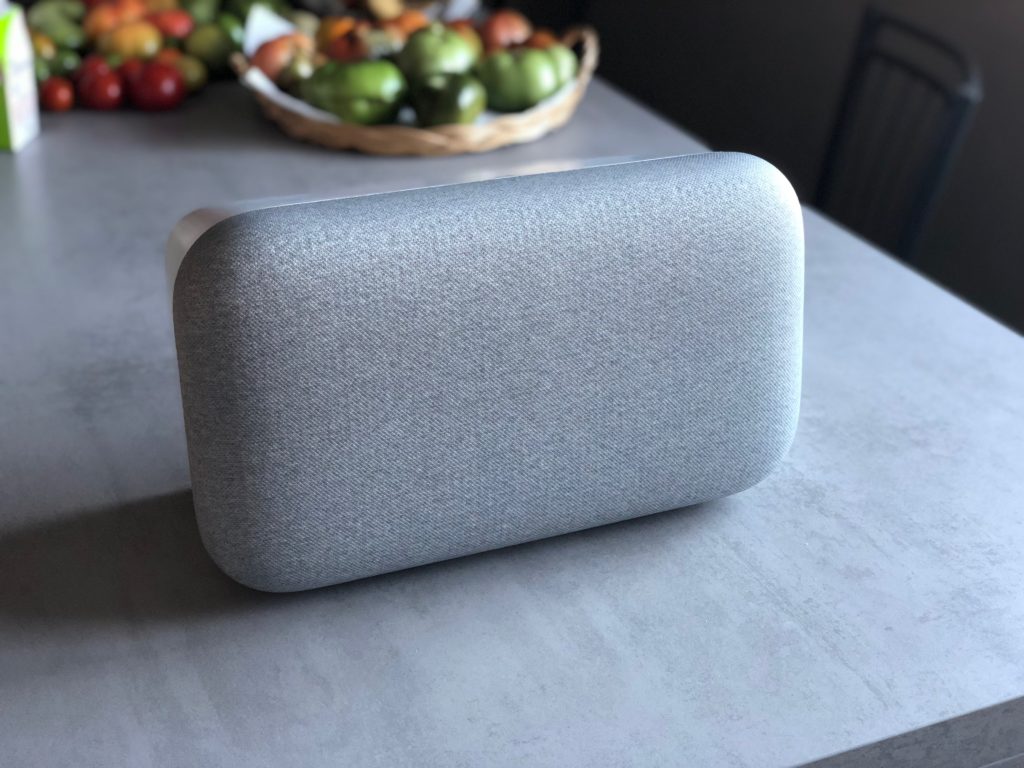
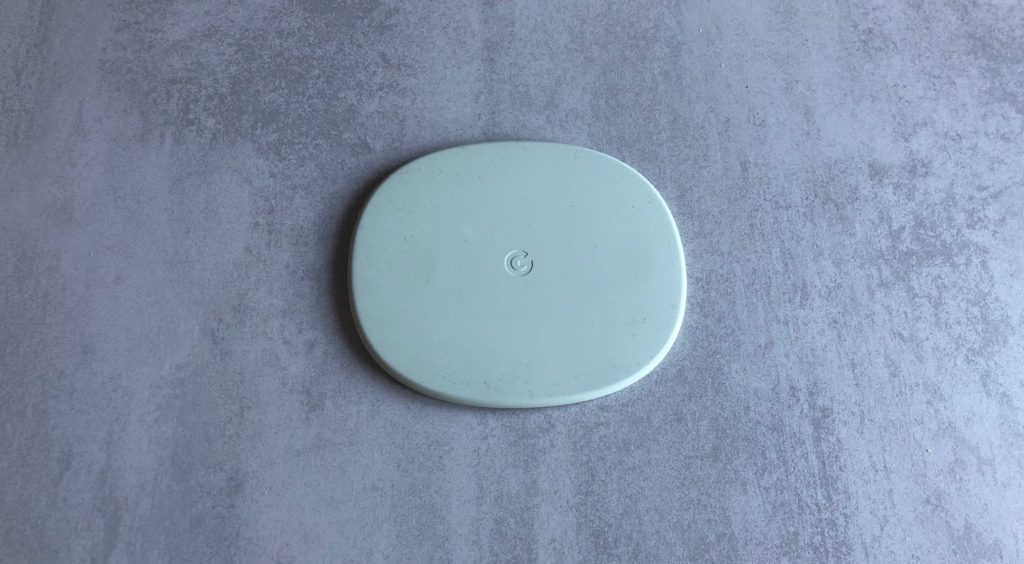 We did like this speaker’s front panel: it is covered with thin fabric that is translucent enough to allow the speaker’s four luminous indicators to show through when using the Google Assistant. Of course, the direction of these indicators will depend on the speaker’s orientation. At the top of the speaker (or on its side if it is being used vertically), can be found a tactile surface (distinguishable by its darker color) which will allow you to increase/decrease the speaker’s volume or pause audio playback. These controls work very well and can be used if you prefer not to make use of the speaker’s voice commands.
We did like this speaker’s front panel: it is covered with thin fabric that is translucent enough to allow the speaker’s four luminous indicators to show through when using the Google Assistant. Of course, the direction of these indicators will depend on the speaker’s orientation. At the top of the speaker (or on its side if it is being used vertically), can be found a tactile surface (distinguishable by its darker color) which will allow you to increase/decrease the speaker’s volume or pause audio playback. These controls work very well and can be used if you prefer not to make use of the speaker’s voice commands.